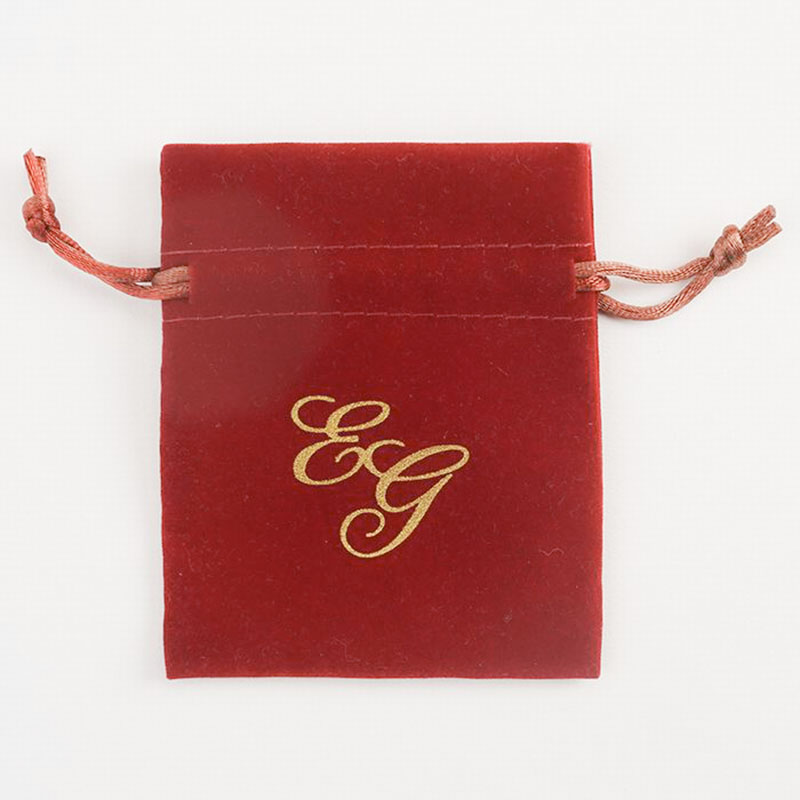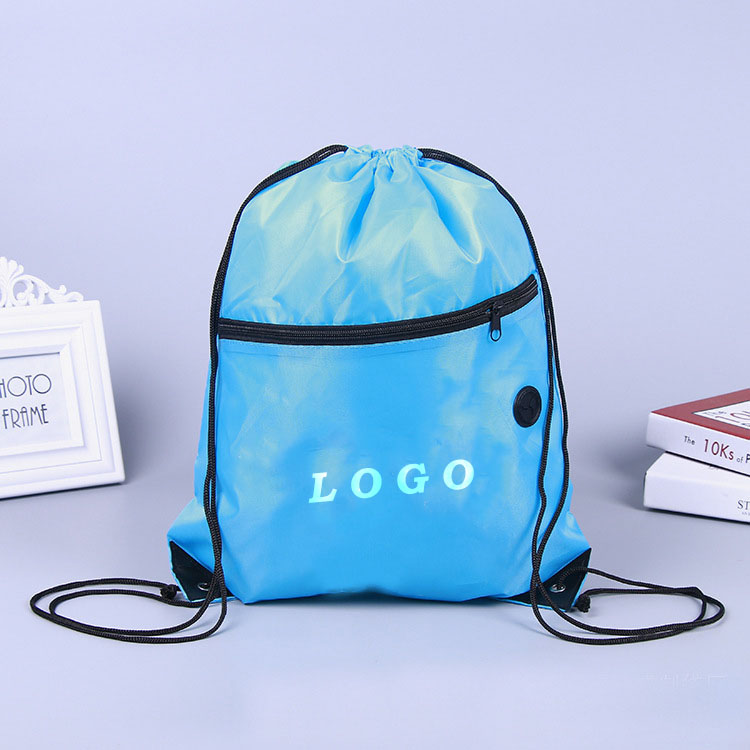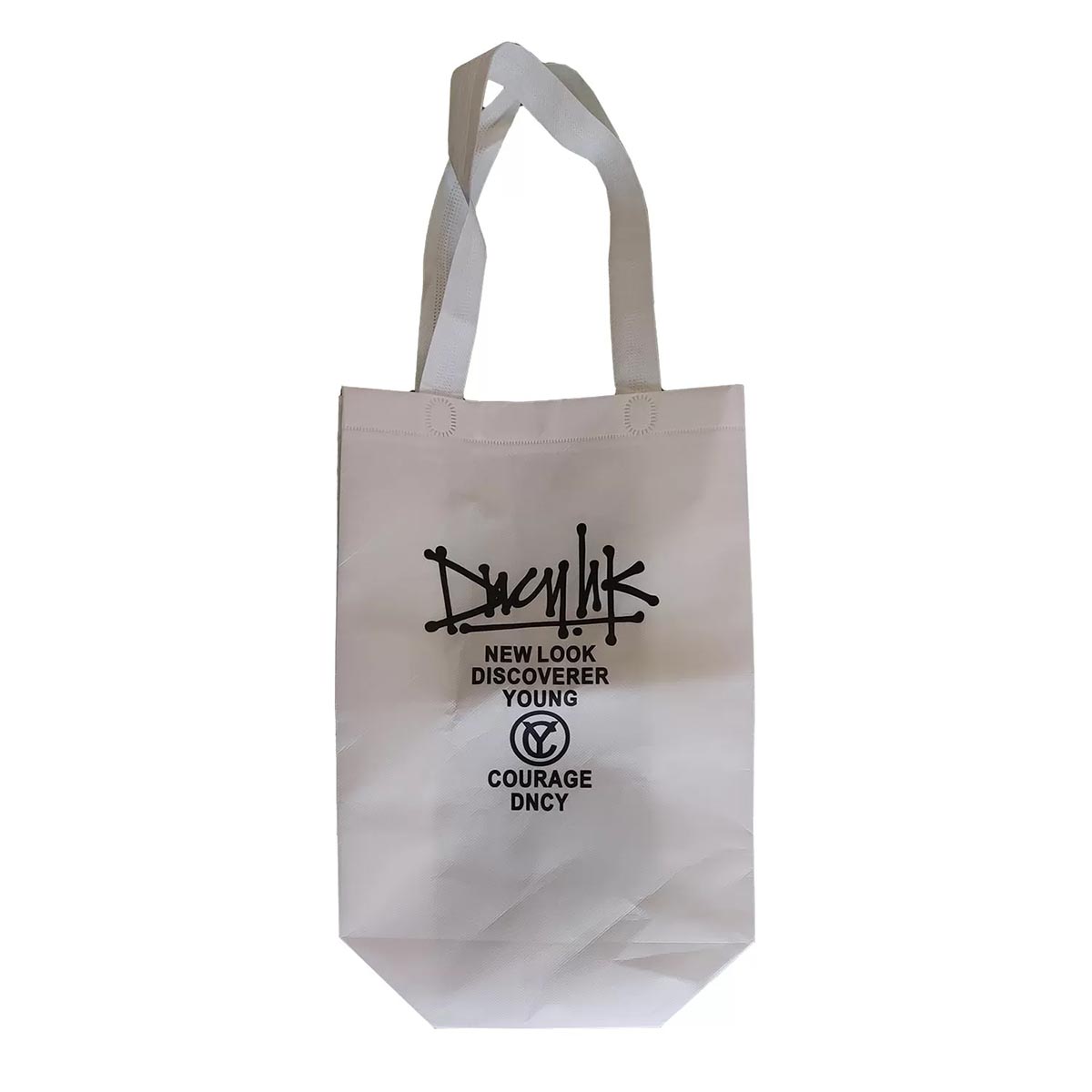Drawstring bags are often overlooked—but never without purpose. They’re light, durable, easy to use, and surprisingly flexible. Whether made from velvet, linen, cotton, or mesh, their utility spans gifting, organization, retail packaging, and eco-conscious branding. Their simplicity is exactly what makes them so widely embraced across industries and personal routines. This article explores five distinct yet interconnected roles drawstring bags play today—and why they're more than just a pouch with a string.
1. Gift Packaging That Feels Thoughtful
Turning Packaging Into Part of the Gift
There’s a difference between wrapping and presenting. A paper wrap gets torn open and discarded, often without a second glance. But a drawstring bag invites the recipient to pause, untie, and experience the gift moment with intention. It makes even small items—candles, jewelry, artisanal treats—feel elevated. A velvet pouch suggests elegance, while a cotton bag with a handwritten tag creates a rustic, handmade impression.
In weddings, holiday parties, or luxury promotions, presentation often carries as much emotional weight as the gift itself. Drawstring bags don’t just conceal the contents—they frame them.
Customization for Any Occasion
Beyond materials, customization turns drawstring bags into highly adaptable tools. Businesses often print their logos on bags, attach branded tags, or use coordinated colors to match seasonal campaigns. Personal gifting benefits too—from initials embroidered on satin to themed ribbons tied around the cord.
They also accommodate a wide range of sizes, from small sachets for tea blends or soaps to mid-size bags for skincare sets and large ones for apparel. That range allows gift givers and brands alike to adapt one format across multiple contexts.
Keepsake Beyond the Gift
Unlike wrapping paper or boxes that are quickly disposed of, drawstring bags are inherently reusable. A pouch gifted at an event may later become a travel organizer, coin holder, or jewelry case. For brands, that translates into extended visibility—your bag goes where your customer goes. For individuals, it means less waste and more purpose. In both cases, the packaging lives on long after the moment of gifting is over.
Flexible for Gifting at Every Price Point
Not every gift needs to be expensive, but every gift benefits from thoughtful presentation. One of the strengths of drawstring bags is how well they scale—from affordable giveaways to luxury keepsakes. A simple cotton pouch can hold homemade cookies just as gracefully as a high-end fragrance holds court in velvet. You’re not limited to one aesthetic or budget range. That’s why brands across tiers—from independent soap makers to boutique jewelers—gravitate toward this format. It lets them present their product well without inflating costs or complicating production.
Ideal for Handmade and Small-Batch Goods
For artisans and small brands that operate without access to custom boxes or industrial-scale packaging, drawstring bags offer a ready-made way to look polished. A soap maker at a weekend market doesn’t need a warehouse full of printed cartons. A fabric pouch with a tag communicates quality, care, and uniqueness—all values tied to handmade products. Plus, for many shoppers who buy local or handmade, reusable packaging feels aligned with the values of sustainability and simplicity. It’s more than convenience—it’s coherence between product and presentation.
2. Travel and Daily Organization Made Simple
Sorting Small Items Without Stress
Drawstring bags simplify one of the most frustrating everyday tasks: managing small, loose items. Their flexibility makes them ideal for separating socks from shoes in a suitcase, cosmetics from electronics in a handbag, or snacks from supplies in a backpack.
People instinctively reach for them when packing—not because they were told to, but because they work. They prevent clutter and keep things in place without adding bulk. Unlike rigid containers or zippered kits, they fold away when not needed and expand as necessary.
A Go-To for Daily Errands
You don’t need to be a frequent traveler to find drawstring bags useful. Parents use them for pacifiers, bibs, or diapers when heading out with kids. Office workers carry one with lunch or chargers. Gym-goers throw sweaty gear in a washable pouch and drop it straight into the laundry bin later.
They also serve as emergency organizers. Keep one in your car for first-aid items, another for grocery coupons or receipts. They require no setup and work in whatever way the user needs.
Durability That Outlasts Plastic
While plastic pouches may tear, crack, or lose shape, quality drawstring bags can endure daily handling. Cotton and canvas models withstand heavier contents and regular washing, while mesh and microfiber suit lightweight items needing ventilation.
Some bags even feature double-stitched seams, water-resistant linings, or reinforced corners for extra strength. For people tired of replacing flimsy containers, these small upgrades make a big difference in usability and longevity.
No Instructions Needed—Just Use It
Many storage solutions come with compartments, zippers, panels, or even instructions. Drawstring bags don’t. That’s part of their appeal. They don’t demand a system—they let people create one. Whether you’re sorting socks, snacks, or skincare, you decide what goes in. No need to learn how the bag works. It’s as intuitive as putting something in and pulling the cord. That simplicity makes it ideal for children, older adults, or anyone tired of overly engineered “organizer” products.
From Suitcase to Everyday Life
The best travel accessories are the ones that don’t get packed away between trips. A drawstring bag that held toiletries on vacation often becomes the bathroom caddy at home. One that carried backup shoes now lives in your car, holding spare items. The transition is seamless. These bags don’t stay in travel gear—they become part of how you move through daily life. And because they adapt so easily, people rarely use them for just one purpose.
3. Eco-Friendly Shopping and Storage
Reducing Reliance on Single-Use Bags
Plastic pollution is no longer a distant concern—it’s visible in oceans, landfills, and even our food systems. Shifting to reusable solutions is no longer optional for many consumers, and drawstring bags offer an easy entry point.
In markets and shops, people now carry their own cloth pouches to collect nuts, fruits, bread, and bulk items. In retail, businesses are replacing polybags with drawstring alternatives, even for online deliveries. These actions may seem small—but they scale quickly when adopted collectively.
Reusable by Nature
A drawstring bag isn’t marketed as “eco”—it simply is. Its form invites repeat use without effort. Someone may buy it for packaging, but use it later for storage. This passive sustainability is powerful: it doesn’t rely on reminders or incentives. The bag continues to work, so people continue using it.
Over time, this builds habits. Shoppers keep them in cars. Families use them for school supplies. Office workers bring them to lunch. And all of it happens without waste.
Materials That Align With Eco Values
Drawstring bags today are often made from natural, low-impact fabrics. Unbleached cotton, recycled linen, deadstock canvas, and hemp are top choices. These materials break down naturally, unlike synthetic alternatives that linger in landfills for decades.
Some manufacturers go further, offering bags dyed with plant-based pigments, produced in zero-waste facilities, or shipped in compostable packaging. Businesses that care about their environmental footprint can extend that philosophy into packaging, reinforcing their values without sacrificing function.
4. Jewelry, Cosmetics, and Premium Branding
Small Bags, High Perceived Value
Presentation matters most when the product inside is small. A lip balm in a plastic wrap feels cheap. The same balm in a satin pouch feels curated. The bag doesn’t change the formula—but it changes how the item is perceived.
That perception has measurable value. Customers associate softness, care, and elegance with the drawstring format. Whether you're packaging essential oils or limited-edition earrings, the right fabric pouch creates a feeling of attention to detail that builds trust.
Lightweight and Elegant for Beauty Products
Cosmetics and beauty items often travel—either in shipping boxes, handbags, or carry-on luggage. A drawstring pouch offers protection without adding weight. Satin and velvet options protect glass bottles or delicate jars, while microfiber helps prevent scratches on surfaces.
Beauty brands also love how the format supports seasonal kits, influencer sets, and promotional events. Instead of a bulky box, products can be bundled in a neat, branded pouch—easy to carry, easy to gift, and easy to reuse.
Portable, Practical, and Brand-Friendly
For small businesses especially, a drawstring bag is more than a wrapper—it’s a branding tool. Print your logo, match the string color to your palette, attach a thank-you card to the cord—each of these adds personality and visibility.
Because customers keep the bags, the branding lives beyond the point of sale. It’s no longer just packaging. It’s part of your customer's life.
Supporting Limited Editions and Seasonal Releases
For beauty and jewelry brands that rely on seasonal launches, limited runs, or influencer collaborations, drawstring bags offer a fast, stylish packaging solution that adapts quickly to change. Instead of reordering custom boxes for every campaign, companies can use standard pouch shapes while switching fabric, color, or ribbon to reflect new designs.
This flexibility is especially useful when product timelines are tight. A holiday collection, for instance, might call for red satin bags with gold strings. A summer skincare drop might use pale linen and pastel print. In both cases, the bag can be updated without redesigning structural packaging. It also avoids waste—if one fabric is left over, it can be reused for sample kits or promo events later on.
For direct-to-consumer startups, this model allows experimentation. Brands can test limited packaging designs in small quantities without high setup costs or long lead times. The result is speed, customization, and a presentation that feels curated.
5. Event Giveaways and Promotional Use
The Giveaway That Doesn’t Get Tossed
Trade shows are packed with pens, magnets, and brochures—most of which never make it home. But a drawstring bag? It gets picked up, filled, and reused. That’s what makes it such an effective promotional item: it's useful first, branded second.
People appreciate practical items. And when that item is printed with your logo and used for lunch, shoes, or books a week later, your reach extends far beyond the exhibition hall.
Easy to Customize and Distribute
Drawstring bags are a favorite among event planners for logistical reasons, too. They’re flat, light, and pack well. They can be filled quickly with swag, product samples, or informational materials. Once handed out, they start working immediately—helping attendees carry things while advertising your name.
Plus, they don’t require boxes, tissue, or sealing tape. They're ready out of the box, saving time and materials.
Adaptable Across Brand Tones
Formal, playful, tech-forward, sustainable—whatever your brand identity, there's a drawstring bag to match it. Tech startups often use minimalist black canvas with white logos. Wellness brands choose beige linen with soft print. Children's brands opt for colorful cotton with fun shapes.
You’re not forcing your identity into a template—you’re letting the material and format reflect who you are. That’s what makes the bag feel intentional, not generic.
Conclusion
Drawstring bags continue to prove their worth across gifting, travel, retail, and branding—not because they’re complex, but because they’re useful in the most flexible ways. They adapt to different lifestyles, budgets, and design languages without losing their core value: reusability, simplicity, and presence. Whether holding a delicate bracelet or organizing everyday carry, these bags become part of how people move through the world. For brands and individuals looking to combine thoughtful design with practical utility, manufacturers like Kaya Craft offer customizable drawstring solutions that balance quality, aesthetics, and everyday function.
For inquiries, please email candy@kayaol.com or visit our website at www.kayaol.com.







 We like to do design according to all the customers' requirements, or offer them our new designs. With strong OEM/ODM capabilities, we can fill your sourcing demands.
We like to do design according to all the customers' requirements, or offer them our new designs. With strong OEM/ODM capabilities, we can fill your sourcing demands.